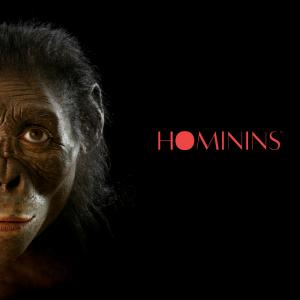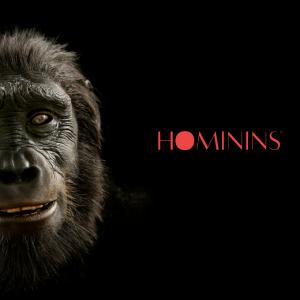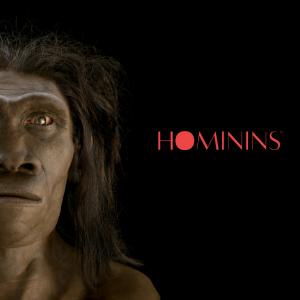Animated sculptures from the Smithsonian become historical NFT collectibles.

Known from a partial skeleton (“Lucy”) and more than 300 other individuals, this species survived nearly a million years (3.85-2.95 million years ago), probably due to its range of locomotor skills—capable of walking bipedally and climbing trees.
The Human Ancestors Who Walked the Earth Millions of Years Ago Make Their Debut on the Blockchain
Gurche brilliantly brings the long human past alive with his powerful reconstructions.”
BARCELONA, CATALONIA, SPAIN, June 21, 2022 /EINPresswire.com/ -- The hyper-realistic reconstructions of our earliest ancestors that are in the Smithsonian Institution’s Hall of Human Origins are now available for the first time as high-definition and animated NFTs, called the Hominins Collection.— Ian Tattersall - American Museum of Natural History
Created by world renowned paleoartist John Gurche, eight of the 12 are the same hominins on exhibit in Washington, D.C. The other four were produced for covers of National Geographic magazine.
The reconstructions are based on Gurche’s nearly 30 years of study of great ape and human anatomy, as well as study of original hominin fossils in Africa and Europe. Each hominin took approximately 700 hours of work to research and reconstruct. The result is a state-of-the-art depiction of our ancient ancestors.
Gurche is currently artist-in-residence at the Cornell University-affiliated Museum of the Earth in Ithaca, New York.
“This hNFT collection, my first, is an opportunity to reach new audiences, especially young people, who are curious about the fascinating story of human evolution as we understand it,” said Gurche. “Realism has always been important to me with my reconstructions, and now the TID team has taken them a step further with their wonderful animations, bringing them fully to life.”
The Hominins Collection includes 12 of the just over 20 known species of ape-like and more modern hominins that came before Homo sapiens, starting with Sahelanthropus tchadensis, from about seven million years ago, to Homo neanderthalensis, from 400,000 to 40,000 years ago and will be available for sale on Opensea on June 24th, 2022.
TID is an institute dedicated to the R&D, creation and production of hNFTs (historical NFTs) that celebrate our common history through collectible series of digital artwork. Each one is handmade by contemporary artists in collaboration with historians and curators. We apply the highest standards of legacy publishing to our hNFT collections on the blockchain.
Braden Phillips
TID Historical NFT Research Institute
+34 669 62 24 49
info@theinfinitedrop.com
Visit us on social media:
Facebook
Twitter
LinkedIn
Other


